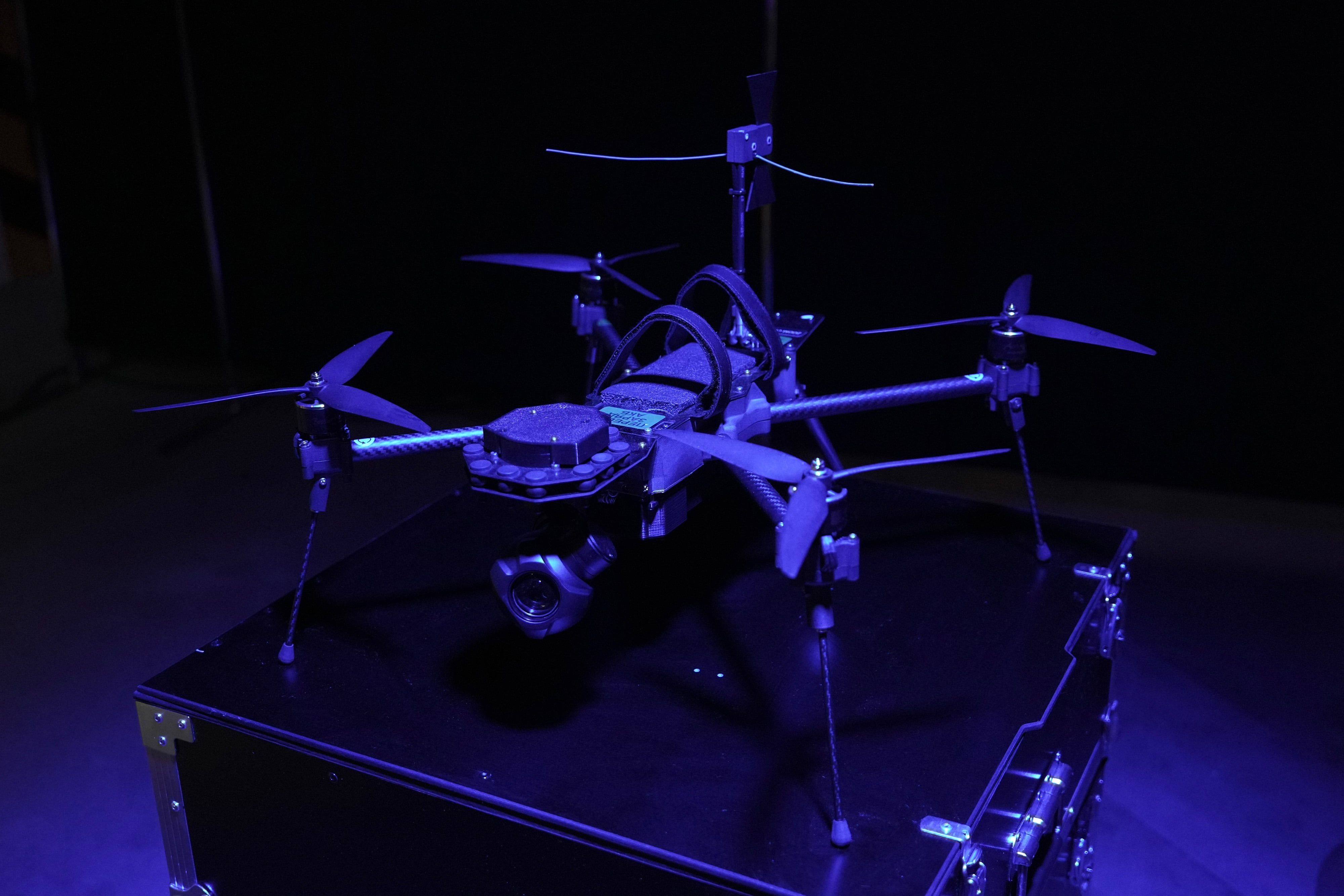CORRECTION: This story has been updated to reflect confirmation from the Air Force that each vendor has received an individual contract worth up to $950 million.
The Air Force has issued contracts worth up to $26.6 billion total over the next five years to develop and enable its Joint All Domain Command and Control concept, according to the first round of contracts awarded May 29.
In a clarifying statement to Defense News, the Air Force explained that 28 vendors have each been awarded an indefinite delivery, indefinite quantity contract worth up to $950 million to develop and deliver technologies for JADC2. Each contract includes a minimum order guarantee of $1,000. An Air Force representative had initially told C4ISRNET that a total of $950 million would be split between the 28 companies.
In a further statement to C4ISRNET, an Air Force spokesperson said it was not accurate to say the Air Force would spend $27 billion through these contracts because “the Air Force has requested $3.3B for ABMS over five years” in the president’s fiscal year 2021 budget request.
“Our spending is limited by the funding appropriated in the President’s budget not on the cumulative ceiling of a contract,” said the Air Force spokesperson.
JADC2 is a new data architecture being pushed primarily by the Air Force for multidomain operations across the service branches. Under JADC2, the Department of Defense wants to connect any sensor to any shooters, regardless of domain. For instance, one aspect of JADC2 is ensuring that data collected by space-based sensors can be processed, transferred to a command-and-control node where it can be fused with other sensor data, and distributed to the appropriate shooter in near-real time.
The Air Force has pursued this JADC2 vision by investing in the Advanced Battle Management System family of systems. ABMS seeks to bring the internet of things to the battlefield with an open architecture. The Air Force began testing ABMS last year and is set to conduct its next test in August or September.
RELATED

The Air Force contracts, with a ceiling of $950 million each, will provide maturation, demonstration and proliferation of JADC2-related capabilities across platforms and domains. Contractors will be expected to leverage open-system designs, modern software and algorithm developments to enable the JADC2 vision.
“The primary objective of this vehicle is to enable more rapid competition for tasks through the fair opportunity process to support the agile DevOps acquisition approach for ABMS development that allows competition to occur in as little as every four months based on the technical and operational learning that occurs leading up to and during the ABMS Combatant Commander Onramps and ongoing experimentation,” the Air Force noted in a statement.
The contracts were awarded in response to a Broad Agency Announcement released in February. A second onboarding round recently closed, and a third closes for submissions on August 31.
Several of the vendors selected are not traditional DoD contractors, highlighting the Air Force’s desire to include novel commercial approaches to ABMS.
“We want a wide variety of companies, and we definitely want fresh blood in the ABMS competition, so there is a lot that can be contributed from companies that are commercially focused, that know a lot about data, that know a lot about machine learning and [artificial intelligence] and know a lot about analytics. Those are going to be the most important parts of the Advanced Battle Management System,” Assistant Secretary of the Air Force for Acquisition, Technology and Logistics Will Roper told reporters May 14.
While the announcement didn’t delineate what each of the vendors would bring to the table, multiple vendors on the contract have provided technologies that fit into the JADC2 concept as well. For example, Persistent Systems supports the Wave Relay Tactical Assault Kit program, which provides multidomain communications and situational awareness to Air Force convoys.
In a news release, Silvus Technologies announced it would supply its StreamCaster Mobile Ad hoc Networking radio systems for ABMS under the contract. Silvus says its technology can provide a high-bandwidth, tactical-edge network that connects assets across domains. That technology fits into meshONE, a part of ABMS focused on battlefield networks. MeshONE was used in the December 2019 ABMS test, and the new contract will provide more equipment for future tests.
No funds were issued at the time of the award. Work is expected to be completed May 26, 2025.
UPDATED: To reflect further clarifications from the Air Force.
Nathan Strout covers space, unmanned and intelligence systems for C4ISRNET.








